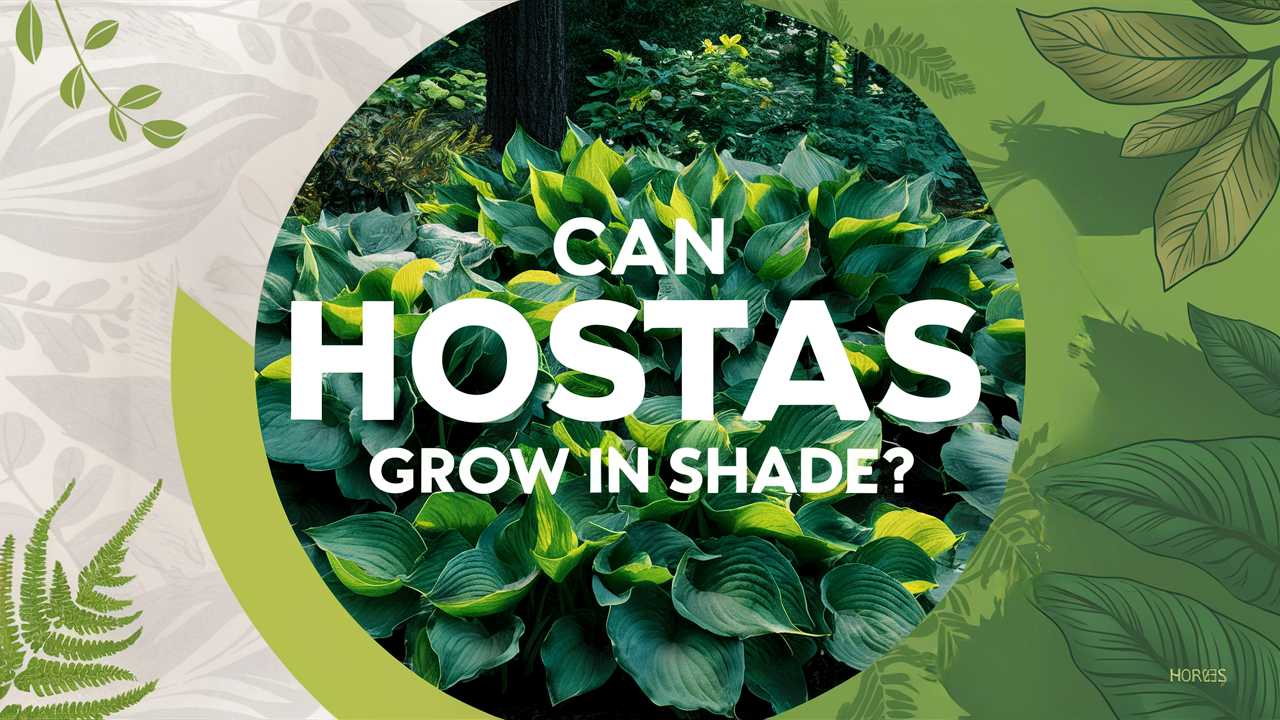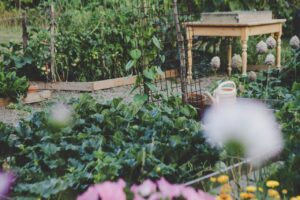In this comprehensive guide, we’ll explore all aspects of growing hostas in shaded areas, examining their requirements, benefits, challenges, and tips to help you cultivate these beautiful plants in your garden.
Understanding Hostas: Shade-Loving Perennials
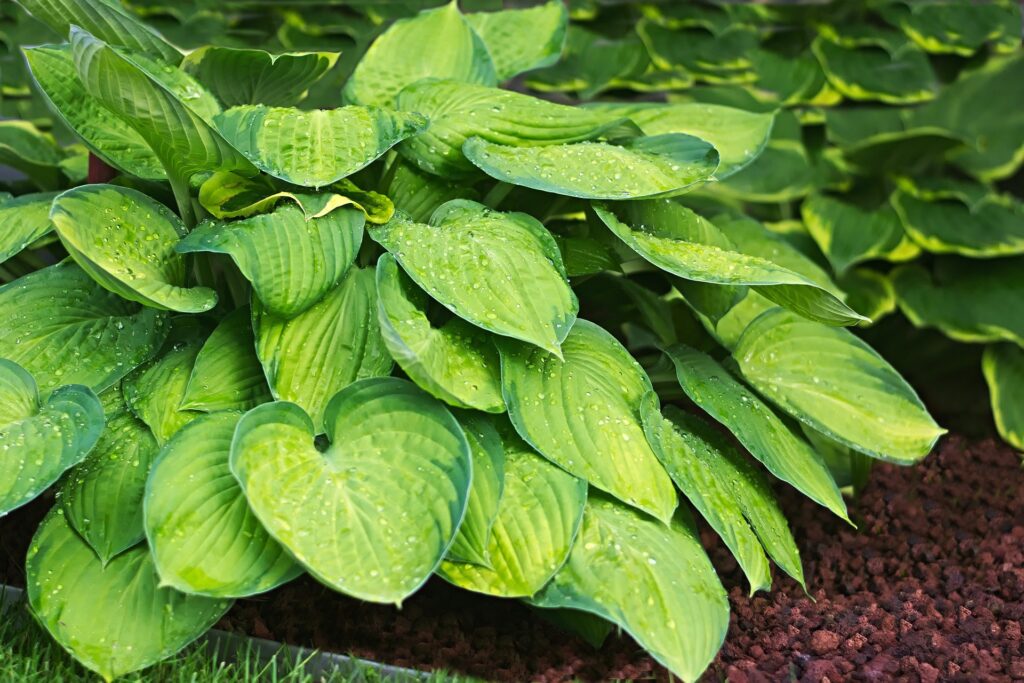
Before we jump into the specifics of growing hostas in the shade, it’s essential to understand what makes these plants so special. Hostas belong to the Asparagaceae family and are native to Asia. Recognized for their striking foliage rather than their flowers, these perennial plants have successfully captured the imagination of gardeners for centuries.
The majority of hostas prefer partial to full shade, making them ideal companions for trees, shrubs, and other plants that struggle to get sunlight. However, their adaptability is also significant; in many cases, hostas can tolerate a range of light conditions, from dappled sunlight to deep shade.
Why Shade?
The need for shade in landscaping often arises from various factors. Many gardens, especially in urban areas, face challenges such as limited sunlight due to the presence of tall buildings or tall trees. Hostas, with their hearty leaves and robust nature, provide an excellent solution for these areas, filling in dark corners that might otherwise feel barren.
The Anatomy of Hostas: A Closer Look
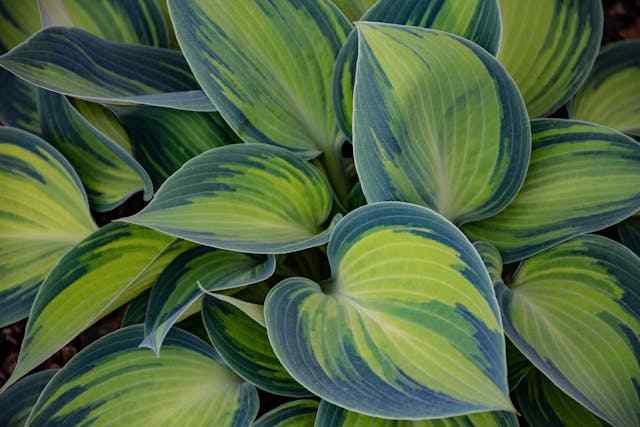
Hostas display a tremendous diversity in size, shape, and color. Ranging from miniature varieties to those that can grow several feet wide, hostas can accommodate different landscaping preferences. The broad leaves, often heart-shaped or elongated, create a thick carpet of greenery that can soften hard landscape edges and serve as a backdrop for more colorful plants.
Moreover, the foliage of hostas comes in an array of colors – from deep emerald greens to stunning blues and vibrant yellows. Some varieties age beautifully, changing shades as the season shifts. This dynamic coloration adds depth and richness to shaded garden beds.
Can Hostas Really Thrive in Shade?
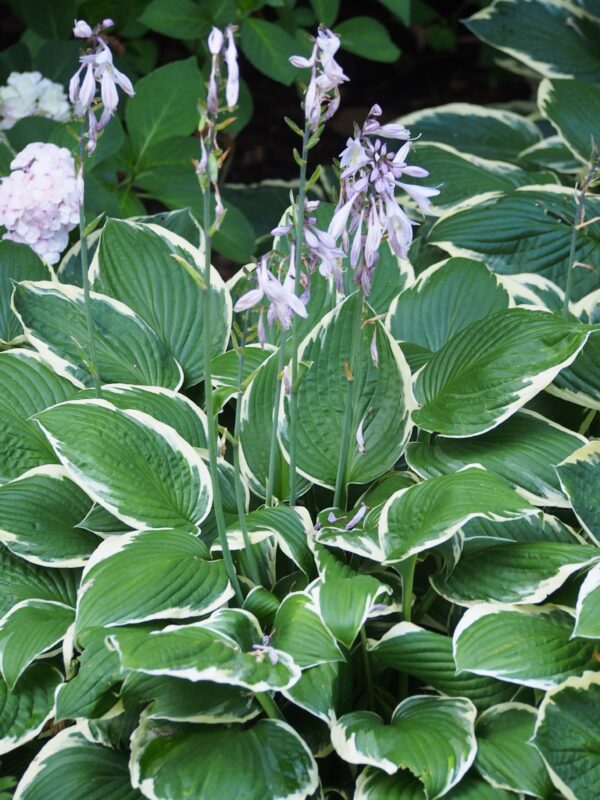
Absolutely! Hostas are among the champions of shade tolerance in the plant world. Here’s why:
Light Requirements: While hostas enjoy some sunlight, they are primarily shade-loving plants. In deep forest settings, they naturally thrive under a canopy of trees that filters the sun’s harsh rays. In fact, direct sunlight can scorch hosta leaves, leading to unsightly damage.
Adaptability: Hostas can adapt to various shade levels—from light, filtered sunlight to dense, full shade. The variety you choose will often dictate their optimal growing conditions. Yet most hostas will do just fine in the shade, making them an excellent choice for those tricky spots in your garden.
Moisture Management: In shade, the evaporation rate of soil moisture is generally lower than in sunny spots. This characteristic aligns perfectly with hostas, which prefer consistent moisture but can be prone to rot in overly saturated soils. When grown in shade, hostas may need less frequent watering, simplifying their care.
Pest and Disease Tolerance: Shaded areas can also limit some pests that thrive in sunny conditions. While hostas are not entirely immune to problems like slugs or deer, they stand a better chance in a shady environment as many common pests prefer warmer, sunnier areas.
Varieties of Hostas Best Suited for Shade
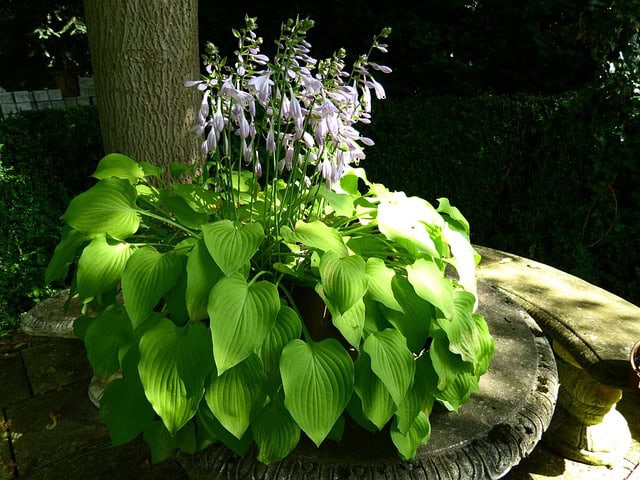
When considering hostas for your shady garden, it’s helpful to know which varieties will flourish best. Here are some popular hosta varieties that thrive in shade:
Hosta ‘June’: A stunning variety with blue-green leaves and creamy margins, ‘June’ offers beautiful color all season long. It is particularly useful in partial shade, where the contrast of colors can shine.
Hosta ‘Sum and Substance’: Known for its enormous, chartreuse leaves, this variety can be a statement piece even in deep shade. Its impressive size provides significant ground coverage.
Hosta ‘Patriot’: With dark green leaves and striking white margins, ‘Patriot’ is a favorite for making an impact in lower light scenarios.
Hosta ‘Queen of the Seas’: This variety is adored for its wavy leaves, giving texture to any shade garden. Its adaptability means it performs well in different light conditions but shines in partial shade.
Planting Hostas in Shade: Tips and Techniques
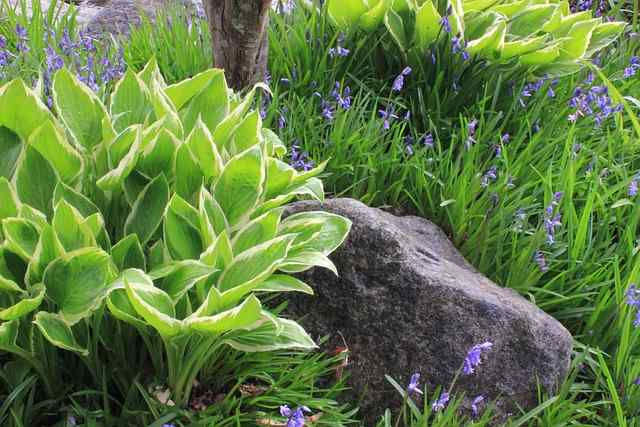
Planting hostas in shade may seem simple, but a few deliberate steps can enhance their growth and longevity. Here’s how to ensure your hostas establish themselves well in those shadowy spots:
1. Site Selection
Consider your planting location carefully. While hostas thrive in the shade, you also need to keep in mind the soil quality and drainage in the chosen spot. Avoid areas where water collects after heavy rain, as soggy roots can lead to crown rot.
2. Soil Preparation
Hostas prefer rich, well-draining soil that retains some moisture. Before planting, it’s advisable to amend your garden soil with compost or well-rotted manure. This not only boosts fertility but also improves soil structure, fostering a more hospitable environment for your hostas.
3. Spacing
Given that hostas can spread significantly over time, it’s important to space them accordingly. Placing them too close together may lead to competition for nutrients and water. Ideally, small varieties should be spaced about 12 inches apart, while larger ones may require up to 36 inches.
4. Watering
While hostas enjoy moist soil, overwatering can be detrimental. A deep watering once a week should suffice, but it is essential to monitor the plants’ conditions and adjust accordingly based on rainfall and humidity.
5. Mulching
Mulching helps to retain moisture and suppress weeds. An organic mulch such as shredded bark or leaves is ideal, breaking down over time and feeding the soil while allowing moisture to pass through.
Challenges When Growing Hostas in Shade
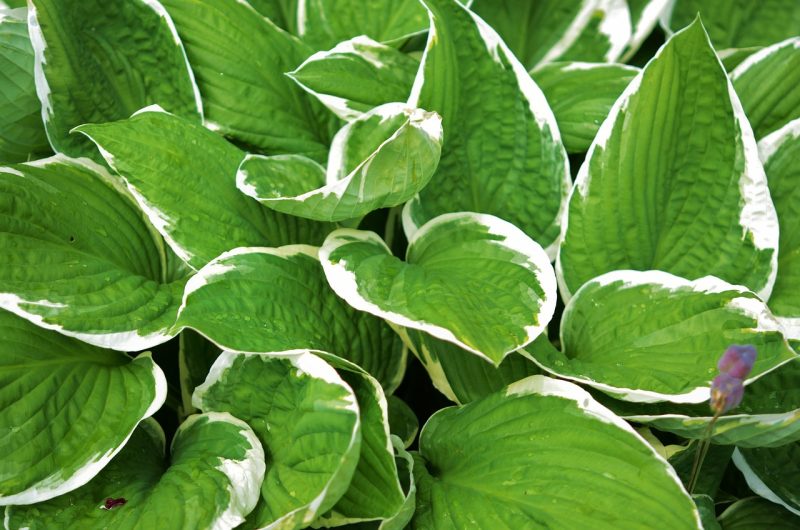
Understanding the challenges of growing hostas in shade can prepare you for potential pitfalls and offer a better approach.
1. Limited Flowering
One of the trade-offs of growing hostas in full shade can be reduced flowering. While hostas bloom with flower spikes in summertime, too much shade can inhibit this process. By allowing some filtered light or dappled sun, you might encourage flowering without sacrificing the health of the foliage.
2. Slug and Snail Predation
Shady areas may invite more slugs and snails, which are notorious for feasting on hosta leaves. Implement barriers like copper tape or diatomaceous earth around your plants, and consider natural deterrents like beer traps or introducing beneficial nematodes.
3. Color Fading
Particularly in deep shade, some hosta varieties may lose their vibrant colors, appearing more muted than intended. Choose brighter-colored varieties that retain their hue better in lower light conditions, such as those with golden or variegated leaves.
The Aesthetic Value of Hostas in Shady Gardens
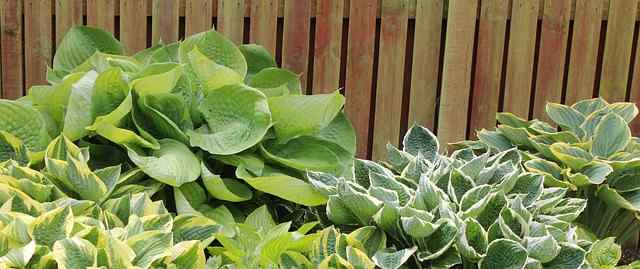
Incorporating hostas into your landscape offers more than just lush foliage; they also enhance the visual appeal of a garden, especially in shaded areas.
1. Layering Effects
Pairing hostas with other shade-loving plants can create a tiered effect that adds depth to your garden. Consider interplanting with ferns, astilbes, or bleeding hearts, combining varying textures and colors that complement each other harmoniously.
2. Seasonal Interest
Hostas provide interest throughout the growing season. As their foliage emerges in the spring, gradually unfurling vibrant leaves, they create a sense of anticipation. Even as they die back in fall, their architectural shapes can supply a striking element in winter landscapes when strategically placed.
3. Complementing Hardscapes
Hostas also work beautifully in conjunction with hardscape features such as stone paths or retaining walls. Their broad leaves can soften the edges of structures, creating a well-rounded look that integrates both plant and stone.
Conclusion: Embracing the Charm of Hostas in Shade
Ultimately, hostas are extraordinary plants that can thrive in shade, bringing life and vibrancy to often overlooked garden areas. Their ability to adapt to various conditions, coupled with their stunning grown foliage, makes them essential for the shady gardens of both beginners and longtime horticulturists alike.


